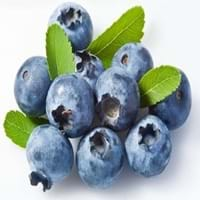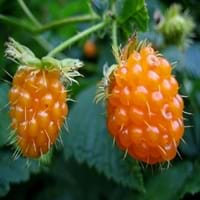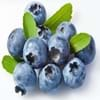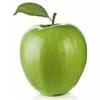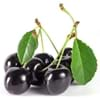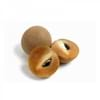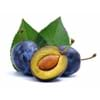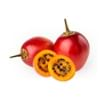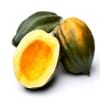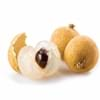Health Benefits
Cancer prevention, Cures gastro-intestinal troubles, Improves night vision, Improves stomach health, Prevents diabetes, Prevents high blood pressure, Reduces blood circulation problems
Cancer prevention, Improves stomach health, Weight loss properties
General Benefits
Fights against infections, Helps in weight loss, Prevents blood clotting in vessels, Treatment of urinary tract infections
Anti oxidant properties, Digestive aid, Eye care, Healing of wounds, Improves eye vision, Maintains healthy cholesterol level, Strengthens bones
Skin Benefits
Anti-aging benefits, Nourishes skin, Protects against skin damage
Anti-aging benefits, Reduces wrinkles
Hair Benefits
Prevents hair loss
Protects hair, Regulates hair growth
Allergy Symptoms
Not Available
Abdominal pains, Itching, Swelling of mouth, tongue or lips
Side Effects
Decrease in blood sugar levels, Diarrhoea, Dizziness, Headache, Internal bleeding, Stomach pain
Allergic reaction
Best Time to Eat
As a snack in the late afternoon, Don't consume at night and before bed, Eat the fresh ones, avoid mixing with any other foods, don't eat after meal., Morning time (before lunch)
Best if taken as a breakfast (or empty stomach), As a snack in the late afternoon, Don't eat after meal, Morning time (before lunch)
Vitamin B5 (Pantothenic Acid)
Vitamin C (Ascorbic Acid)
Vitamin K (Phyllochinone)
Lutein+Zeaxanthin
Not Available
Calories in Fresh Fruit with Peel
Calories in Fresh Fruit without Peel
Not Available
Not Available
Calories in Frozen Form
Not Available
Not Available
Calories in Dried Form
Not Available
Not Available
Calories in Canned Form
Not Available
Not Available
Season
Summer
All seasons
Varieties
Dwarf bilberry, Piper, bog blueberry, Northern bilberry, Mountain bilberry and Oval-leaved bilberry
Golden ruby and Olympic Double
Color
Dark purple
Pink, Pink red, Salmon, Salmon yellow
Inside Color
Light Green
Pink
Origin
Unknown
North America
Soil Type
Moist, Well-aerated
Loam
Climatic Conditions
Cold
Moist
Facts about
- Bilberries are used in manufacturing of alcoholic drinks.
- They are used to improve aromas of sorbets.
- The green extract of it's leaves is used in textile industry as natural dye.
- The name salmon berry is due of the resemblance with 'salmon roe'.
- In 1 kg of fruit, there are total 315,250 seeds.
- Salmon berry tree leaves act as an excellent replacement for tea.
Spirits
Yes
Not Available
Cocktails
Yes
Not Available
Top Producer
Japan
United States of America
Other Countries
Denmark, Finland, Iceland, Sweden
Canada, Mexico
Top Importer
United States of America
Not Available
Top Exporter
Chile
Not Available
Botanical Name
Vaccinium myrtillus
Rubus spectabilis
Synonym
blaeberry, whinberry, European blueberry, whortleberry
Not Available
Subkingdom
Tracheobionta
Tracheobionta
Division
Magnoliophyta
Magnoliophyta
Class
Magnoliopsida
Magnoliopsida
Subclass
Dillenhidae
Rosidae
Family
Ericaceae
Rosaceae
Species
Vaccinium myrtillus
R. spectabilis
Generic Group
Heath
Not Available
Difference Between Bilberry and Salmonberry
We might think that Bilberry and Salmonberry are similar with respect to nutritional value and health benefits. But the nutrient content of both fruits is different. Bilberry and Salmonberry Facts such as their taste, shape, color, and size are also distinct. The difference between Bilberry and Salmonberry is explained here.
The amount of calories in 100 gm of fresh Bilberry and Salmonberry with peel is 44.00 kcal and 47.00 kcal and the amount of calories without peel is Not Available and Not Available respectively. Thus, Bilberry and Salmonberry belong to and category.These fruits might or might not differ with respect to their scientific classification. The order of Bilberry and Salmonberry is Ericales and Rosales respectively. Bilberry belongs to Ericaceae family and Salmonberry belongs to Rosaceae family. Bilberry belongs to Vaccinium genus of Vaccinium myrtillus species and Salmonberry belongs to Rubus genus of R. spectabilis species. Beings plants, both fruits belong to Plantae Kingdom.
